We all know how beneficial yoga can be for our physical health and fitness, but one form of yoga you may not be so familiar with is Yin Yoga.
If you've got to grips with the basics of Yoga at home and want to try some different styles, Yin Yoga might just be what you're looking for.
To help you learn more about the basics of this form of Yoga and some poses to get you started, we spoke to Yin Yoga instructor, Kassandra Reinhardt.
What is Yin Yoga?
The practice of Yin Yoga allows you to slow down, relax, and turn inward, which helps alleviate stress and restore your energy levels. Yin yoga also improves flexibility, boosts circulation, and reduces tension, making it a great form of yoga for runners.
Kassandra explains further, 'Yin Yoga is the practice of long-held floor poses (often 3-10 minutes) that are set up so that there is no muscle contraction or usage. Yin Yoga is very different from other styles of yoga. Its origins combine the Hatha yoga tradition of India with the Taoist yoga tradition of China: the asanas (poses) are taken from Hatha, while the approach comes from the Taoist principle of yin/yang, the balance of opposites.'
Yoga’s history stretches back thousands of years, but yin yoga was developed more recently. In yin yoga the focus is on stretching your connective tissues and the like, but in yoga styles such as restorative yoga the focus is on the release of mind-body tension and bringing the nervous system into a state of healing.
The three principles or 'Tattvas' of Yin Yoga Practice are:
•Come into the pose to an appropriate depth.
•Resolve to remain still.
•Hold the pose for time.
The slower pace of Yin Yoga make it ideal for beginners.
Who is Yin Yoga suitable for?
It's wonderful for anyone looking to improve their flexibility, care for their joints, ease stress and practice yoga in a slow and mindful way making it an ideal yoga style for the elderly.
It’s suitable for all ages and experience levels and can be made more accessible by the use of props. Common props used in Yin Yoga include blocks, straps and bolsters.
What are the benefits?
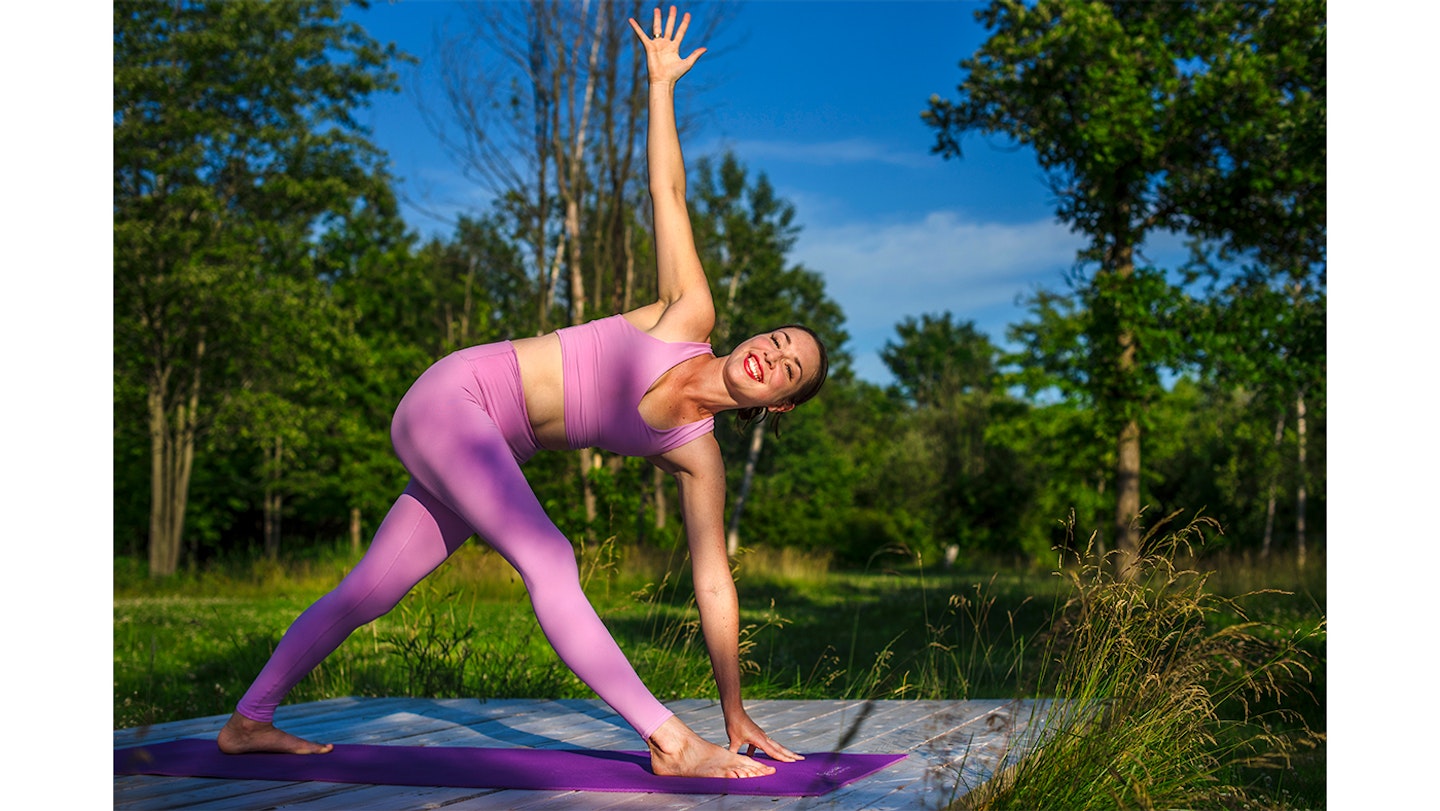
'One of the biggest physical benefits of Yin Yoga is also what sets it apart from other styles of yoga: in Yin, you get to put a lot of attention and good stress on your connective tissues. This improves range of motion, helps to make joints stronger, and brings you more lasting flexibility. It also strengthens the connective tissue, which is especially good for aging populations to keep joints mobile and hopefully pain-free.
'The practice of Yin Yoga has a deeply meditative quality to it which allows us to quiet down our over-active minds and tune in. This helps us activate the parasympathetic nervous system which lowers blood pressure and slows down the heart rate. When this system is activated, we feel a greater sense of peace and calm. Through the regular practice of Yin, we can alleviate feelings of stress and anxiety when they arise which can improve our sleep, digestion and cardiovascular health.'
Benefits of Yin Yoga include:
Improves flexibility
Yin Yoga focuses on the connective tissue, working to completely release and relax the body. This gives our connective tissues the chance to soften, release and expand to improve overall flexibility.
It's both physical and meditative
Meditation has been proven effective in reducing stress, anxiety, improving sleep and decreasing blood pressure. Yin Yoga offers the opportunity to combine your meditation with a movement practice to balance both your mind and body collectively.
If you find meditation by itself difficult, you may find the combination of movement and meditation makes it easier to focus your mind.
Increases circulation
If you experience poor circulation, Yin Yoga may help - indeed any activity is good for boosting circulation.
Encourages a slower pace
In this busy world, it's easy to be swept along with it, or feel like we have to constantly push ourselves. Yin Yoga offers a chance to step back and give yourself room to breathe while still working out.
Improves joint mobility
Ying Yoga works to promote supple and healthy joints, especially in areas that are traditionally quite tricky to target like our hips, pelvis and lower back. Yin Yoga's effectiveness is largely due to its slow and long holds of each asana, allowing the body to stretch our connective tissue slowly and safely.
Reduces stress and improves sleep
Since you enter a meditative state while doing Yin Yoga, it helps to calm your mind and reduce stress - which will also help if you struggle to fall asleep. Incorporating it into your bedtime routine may help you get to sleep easier.
Yin Yoga poses for beginners
The butterfly pose
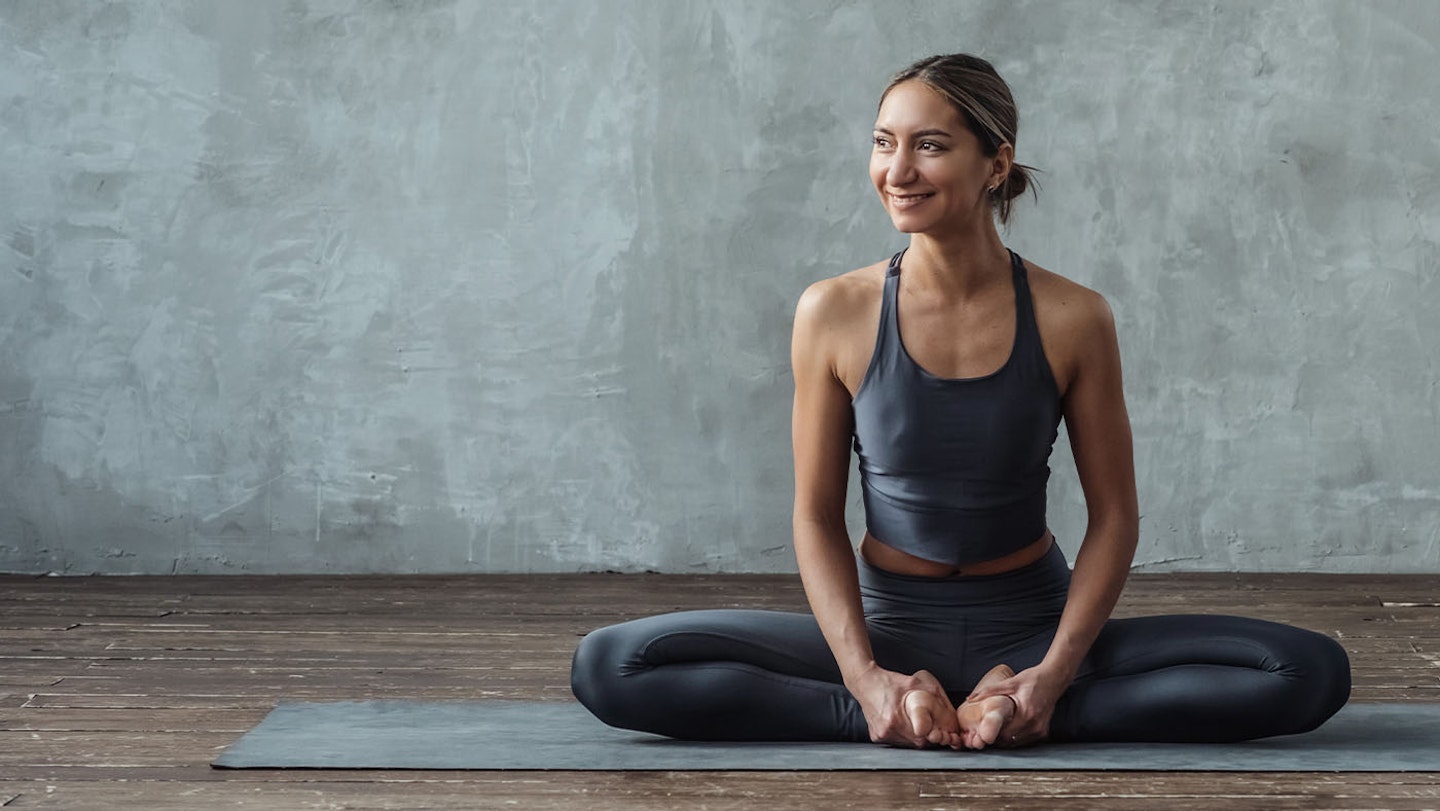
The first is a seated hip opener performed by bringing the soles of the feet together to touch and letting the knees drop to the sides. You can then fold forward, allowing your spine to round as you stretch deeply along your spine and through the inner thighs.
Child’s pose
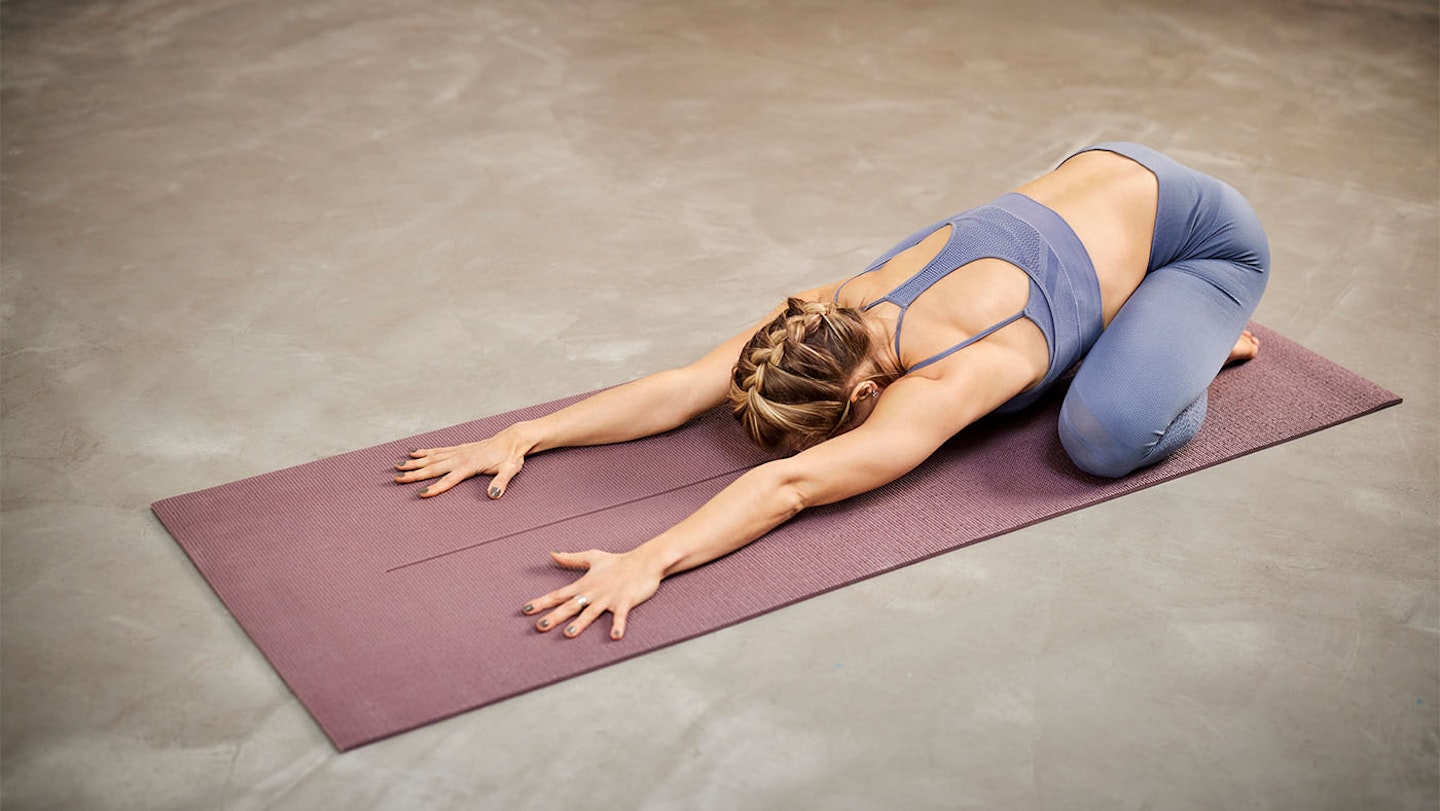
Child’s pose is done by coming to all fours and bringing your big toes together to touch and widening your knees to the edges of the mat. You can then press your hips back towards your heels and walk your hands out to lower your forehead down. This is a relaxing pose that targets your hips and lower back.
Low lunge
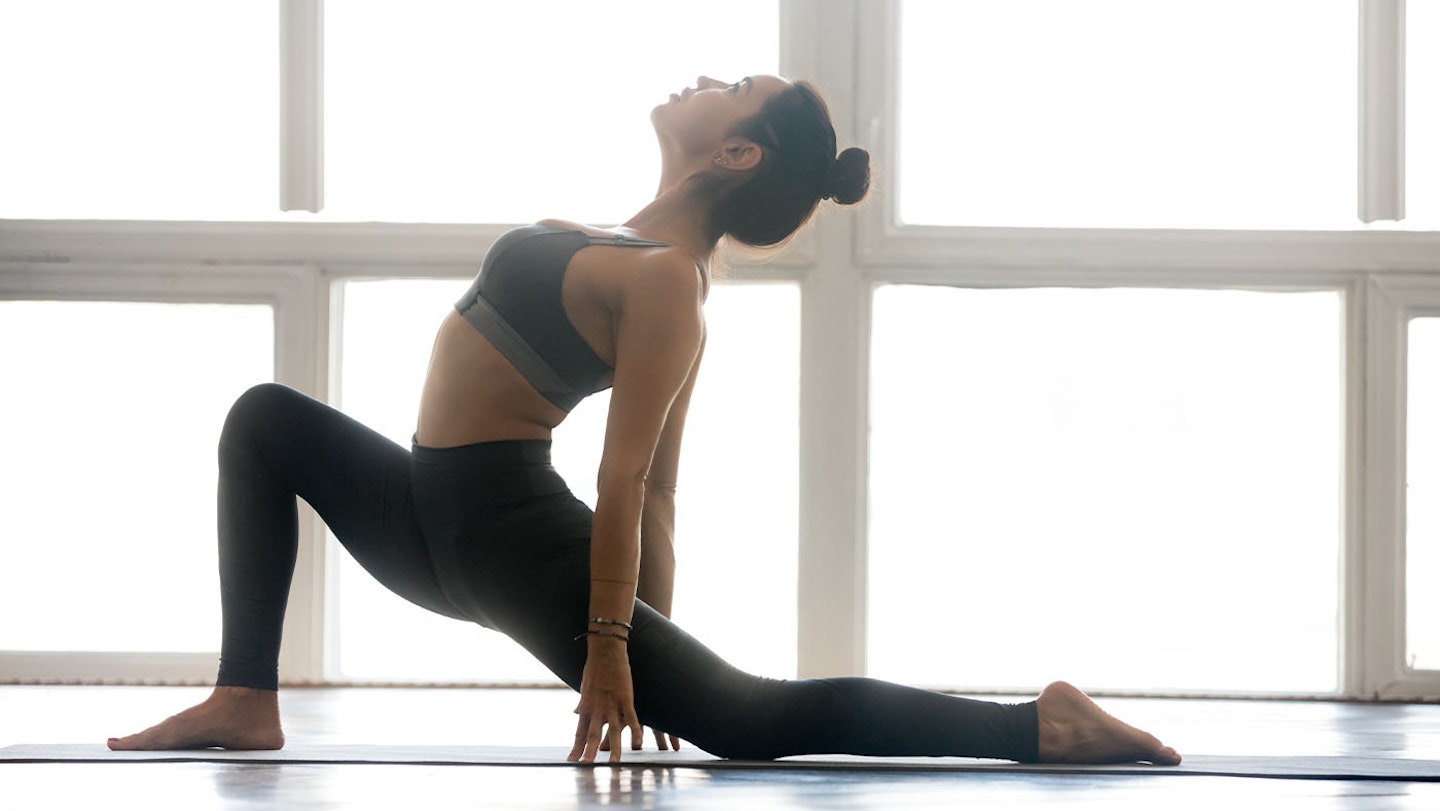
A low lunge can also be set up from all fours by stepping one foot forward to the top of the mat and aligning the knee over the ankle. You can rest both hands on the ground to frame your front foot as you soften your hips and let gravity pull them lower.
Things to keep in mind
Before you have a go at Yin Yoga, there are a few important things you might want to consider. Firstly, make sure you take things slow and hold each position for a good amount of time while listening to your body. If anything feels uncomfortable, adjust your pose slightly to make it more comfortable or stop that pose entirely and try another one until you find one that's comfortable for you.
Your breathing will also act as a good indicator of how comfortable your body feels in each position. If you're unable to maintain a smooth and even breathing pattern, it may mean you're stretching your body a bit too far, and you should adjust your position until you can better focus on your breathing.
Finally, it's important you don't compare yourself to others, especially if you're taking part in a Yin Yoga class. Every body is different and we all have different abilities when it comes to physical activity. The most important thing is to focus on how each position feels for you and listen to your instructor rather than how you look compared to others.
Dangers of Yin Yoga
Although it's generally safe, it's a good idea to keep in mind the potential dangers of Yin Yoga. Injury's only tend to happen if you don't follow safe instructions or if you push your body too far and ignore any pain such as shooting pains.
Furthermore, it's not a good idea to try Yin Yoga if you are pregnant, have hypermobility or osteoporosis. You should also inform your teacher of any injuries or long-term conditions you have before starting a class.
What is Yin Yang Yoga?
Yin Yang Yoga is different to Yin Yoga in that it blends two styles of yoga into one practice. It brings together the benefits of both styles with both holding poses and moving sequences with standing postures.
Yin Yoga near me
There are plenty of Yoga studios dotted about the UK and a simple search on Google should help you find some classes near you.
If you're struggling to find a class to attend near you there are plenty of Yin Yoga options you can try at home. If you look up the likes of Bernie Clark's Yin Yoga classes on YouTube or visit Kassandra's YouTube channel, there are plenty of virtual classes to get you started.
You may also want to try reading some Yoga books to learn more about the basics or download a helpful Yoga app for beginner Yoga poses and more. Learning via an app can also be a more affordable way of beginning Yoga.
What is the difference between yin yoga and regular yoga?
With so many different styles of yoga, you may be wondering what exactly sets Yin Yoga apart from more popular styles of yoga you may be more familiar with such as restorative yoga.
Yin Yoga is more focussed on long-held poses that concentrate on the spine hips and legs and is a style that is often more challenging for the body as it impacts deep muscle tissue.
Restorative Yoga on the other hand is more about mental and physical relaxation and regulation of the nervous system. It should require a lot less physical effort compared to Yin Yoga and is better suited if you’re looking to relax your mind and body to impact your heart rate, blood pressure, breathing, digestion, muscle tension, mental state and levels of fatigue compared to targeted muscle stress like Yin Yoga.
Is yin yoga good for beginners?
There is no reason why you can’t try Yin Yoga even if you’re a beginner, but it is important to take it very slow if you’re a yoga novice.
We’d recommend trying some Restorative Yoga before you try Yin Yoga as it is a lot easier on the muscles if you’re not used to the different poses but will still benefit your mental and physical health.
What happens if you do yin yoga everyday?
While rest and recovery is always advised when it comes to any form of exercise, every body is different and it’s vital we listen to our bodies and our own physical limits. If you don’t push your body too much when doing Yin Yoga and don’t feel any pain or discomfort when doing the poses or coming out of the poses, then there is no reason why you can’t do a bit of Yin Yoga each day to stretch your muscles. However, if you are new to Yin Yoga, it’s a good idea to gradually work up to this and take it slow.
Can you get toned from yin yoga?
You may be wondering, does yin yoga tone your body? As with any form of physical exercise, Yin Yoga can help you lose weight and as a result, can make your muscles appear more defined. However, the benefits are more about improved flexibility rather than toned muscles so if it’s muscle gains you’re looking for, you may want to incorporate some other exercises into your workout.
Lorna White is a Senior Digital Writer at Yours.co.uk. She was previously a writer at Yours Magazine writing features and news stories before joining the digital team. Lorna loves the great British countryside and likes to spend her spare time out and about in her home of Nottinghamshire walking her dog, Pippin.
About the expert
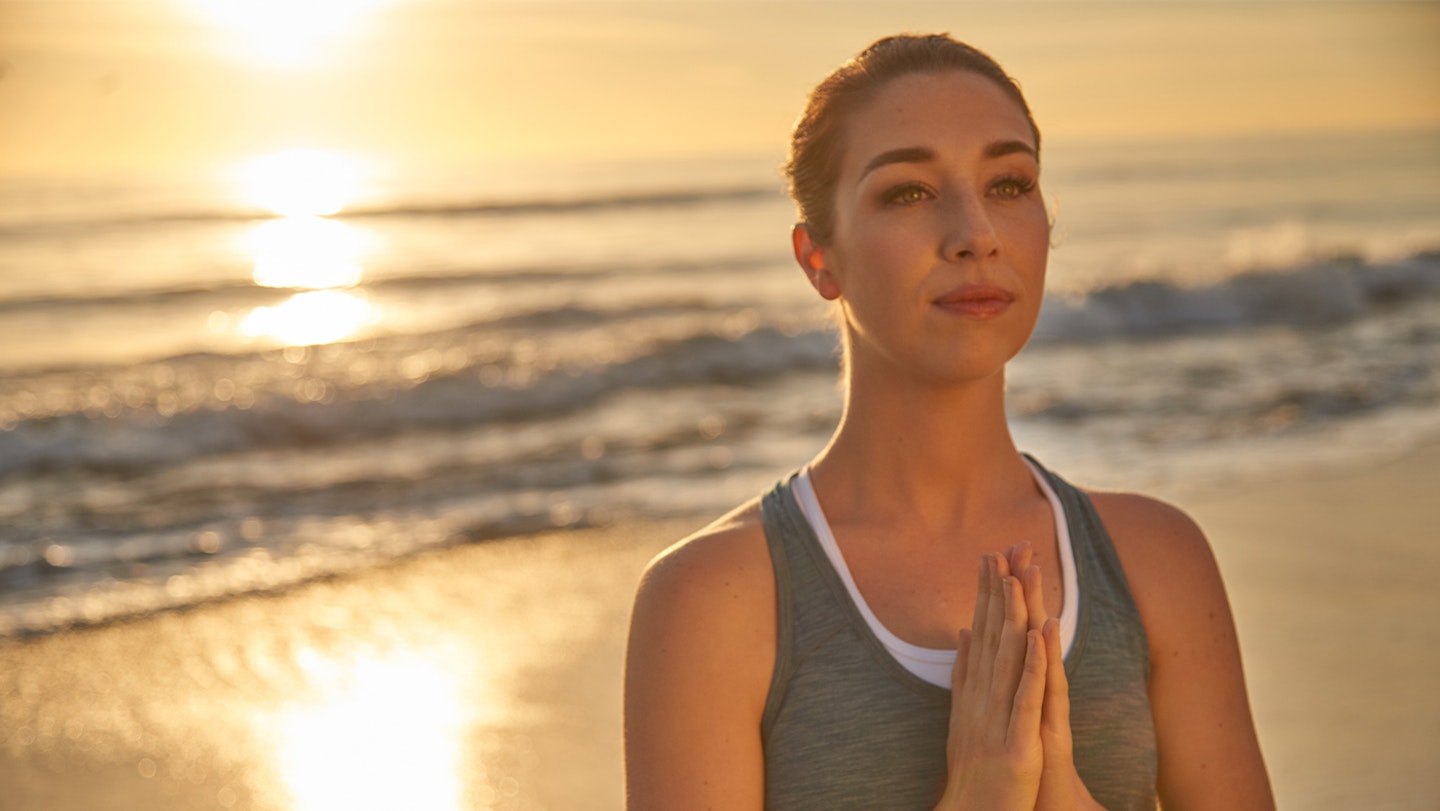
Ottawa-based Yin and Vinyasa Yoga Instructor, YouTuber, author, and the face behind Yoga with Kassandra, Kassandra Reinhardt, is on a mission to help others feel great with yoga. As one of the first yoga instructors to embrace online teaching, her Yoga with Kassandra YouTube channel has grown to more than 1.9 million subscribers and has over 190 million views. She specialises in her bitesize approach of 10 minute morning classes as well as videos featuring yoga for athletes, morning yoga, Yin Yoga for your nervous system, mental health & emotional healing.
Kassandra is the author of "Yin Yoga: Stretch The Mindful Way" (DK Books), has led yoga retreats internationally, and offers online workshops and in-person Yin Yoga training. She is also the creator of the Yoga with Kassandra app, a source for yoga with exclusive video content, journaling features, and more. With over 2 million people in her online community, Kassandra has truly provided accessibility to yoga and she is expanding her expertise further, with the recent release of her second book, "Year of Yoga: Rituals for every day and every season" (Mandala Publishing). “Year of Yoga” includes holistic practices for any level student, coinciding with affirmations that illuminate the beauty and possibility each of the four seasons presents.
